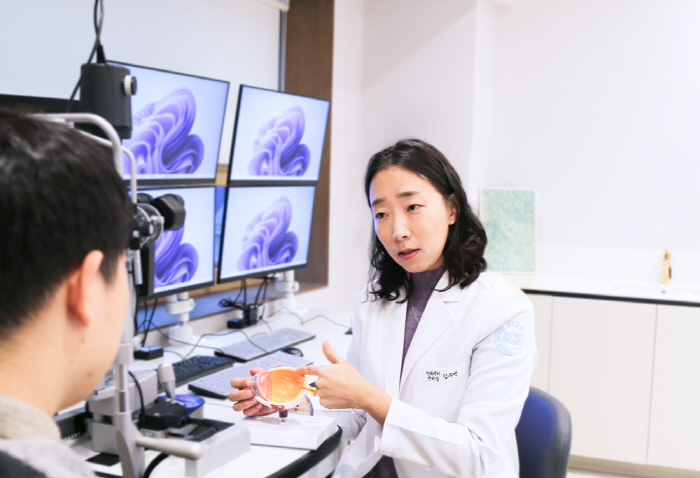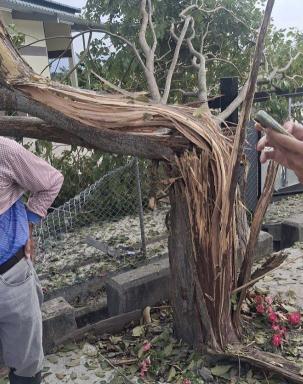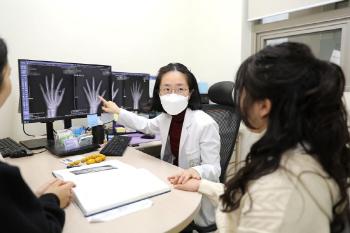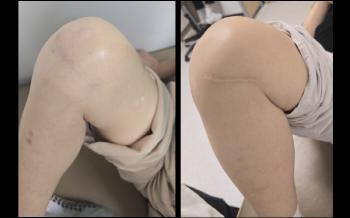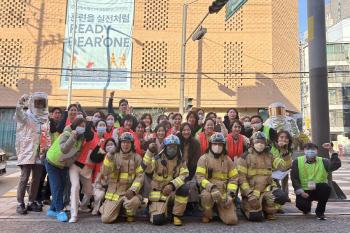Child's Eye Sickness After Vacation, Possible Corneal Burns
|
In summer, the incidence of photokeratitis is relatively high because the ultraviolet index is high and outdoor activities increase. In particular, it occurs frequently on the beach or in the mountains, and is also common in ski resorts in winter. Summer beaches have very high UV-B (UV-B) indices. Ultraviolet rays damage the epithelial cells of the cornea, causing photokeratitis. In particular, between 10 a.m. and 3 p.m., when the sun is strong, it is a high-risk time zone.
The ultraviolet reflective light effect also damages the eyes. On the beach, dry sand, seawater, and wave surfaces strongly reflect ultraviolet rays. Dry sand can reflect up to 25% UV rays and seawater up to 30%. The eyes are exposed to reflected ultraviolet rays as well as direct ultraviolet rays, causing double damage.
Director Kim Ju-yeon of the Center for Ophthalmology at Seran Hospital said, `Many people do not wear sunglasses or lenses without UV protection on the beach despite the strong UV and reflective effects"Sunglasses without UV protection can magnify the pupil and rather increase UV exposure" he explained.
Children have more sensitive eyes and lack protective instincts than adults, making them more easily exposed to photodermitis. Children's cornea and lens are relatively more transparent, so ultraviolet rays are likely to reach the retina. They lack the habit of wearing sunglasses or hats and often stare at the sun for a long time. Therefore, parents should educate their children to use children's sunglasses that are blocked above UV400.
The symptoms of photodermitis do not appear immediately. Usually, after 6 to 12 hours, you may feel uncomfortable symptoms such as pain or foreign body feeling like thick sand is rolling around. It may be difficult to open your eyes due to glare or a lot of tears. These symptoms begin after half a day, so they are often noticed only after a vacation. In children, repeating the words 's eyes hurt'"'s eyes sting' is likely to cause photodermitis and should be immediately treated with ophthalmology.
Director of the center Kim Joo-yeon emphasized, "Most people recover from keratitis within 24 to 72 hours, but if the symptoms worsen, antibiotic eye drops and painkillers are prescribed to prevent secondary infection."Kwangitis is sufficiently preventable, so children with weak eyes compared to adults should pay attention to their guardians."
Kim Joo-yeon, director of the center, said, `Even if it is not necessarily summer, when welding without protective glasses, photokeratitis is often caused by everyday actions such as the use of lox.'"When choosing ultraviolet blocking sunglasses, the presence or absence of UV protection is more important than dark colors, and protective equipment is essential in special environments such as welding and skiing. For lens wearers and children, you should pay more attention to preventing keratitis," he said.
|
This article was translated by Naver AI translator.

